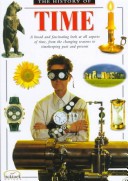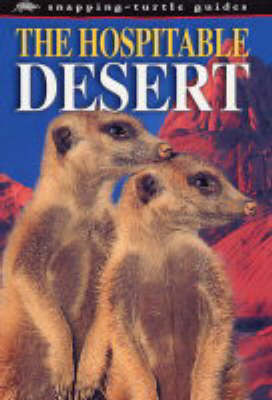Ticktock guides
3 total works
The earth's ocean environment is at least as complex as any on land. Its living creatures range in size from whales to plankton -- drifting plants and animals of nearly microscopic size -- and from fast-swimming dolphins to stationary coral.
Summarized here are ancient methods of timekeeping, including sundials and water clocks. The development of the Julian calendar, origins of names for days and months, and the assignment of number for each year are also explained. The development of highly accurate mechanical clocks in the eighteenth century changed methods of ocean navigation, exploration, and map-making. Modern time-keeping methods are reviewed, including speed-of-light measurements and atomic clocks.
Here is a look at many desert plants and animals in different parts of the world -- scorpions, fennecs (desert foxes), vipers, lizards, camels, dromedaries, and many others.


